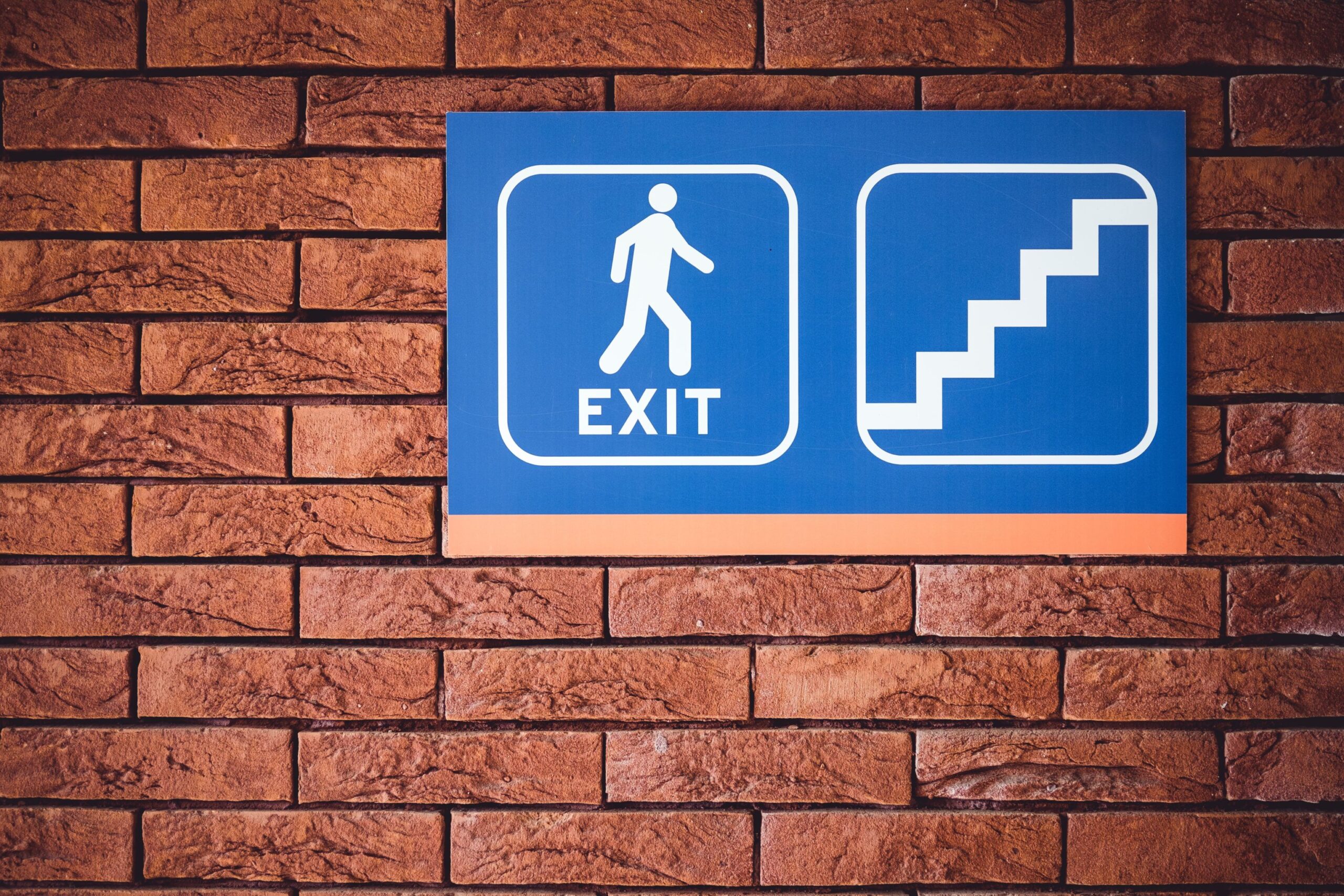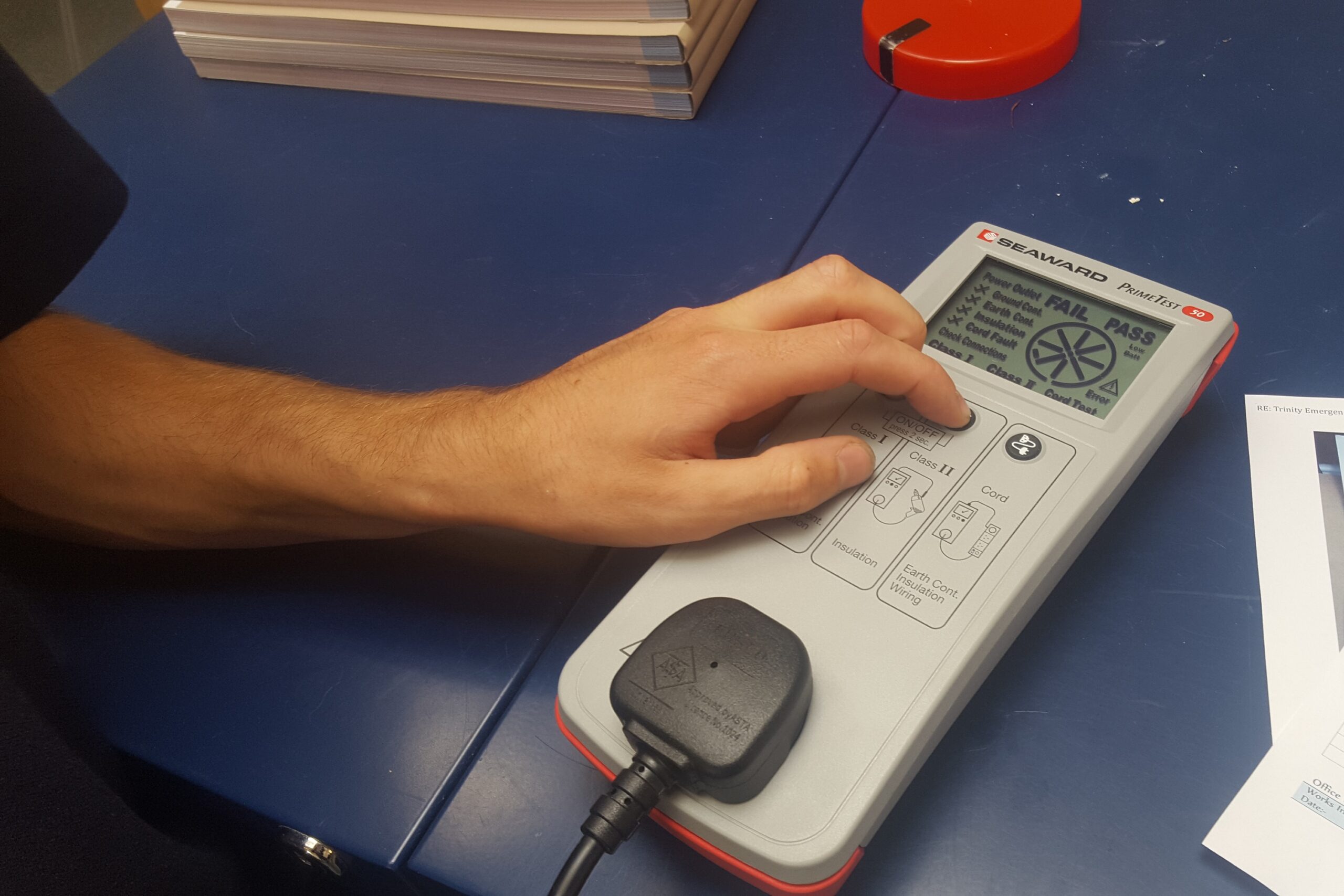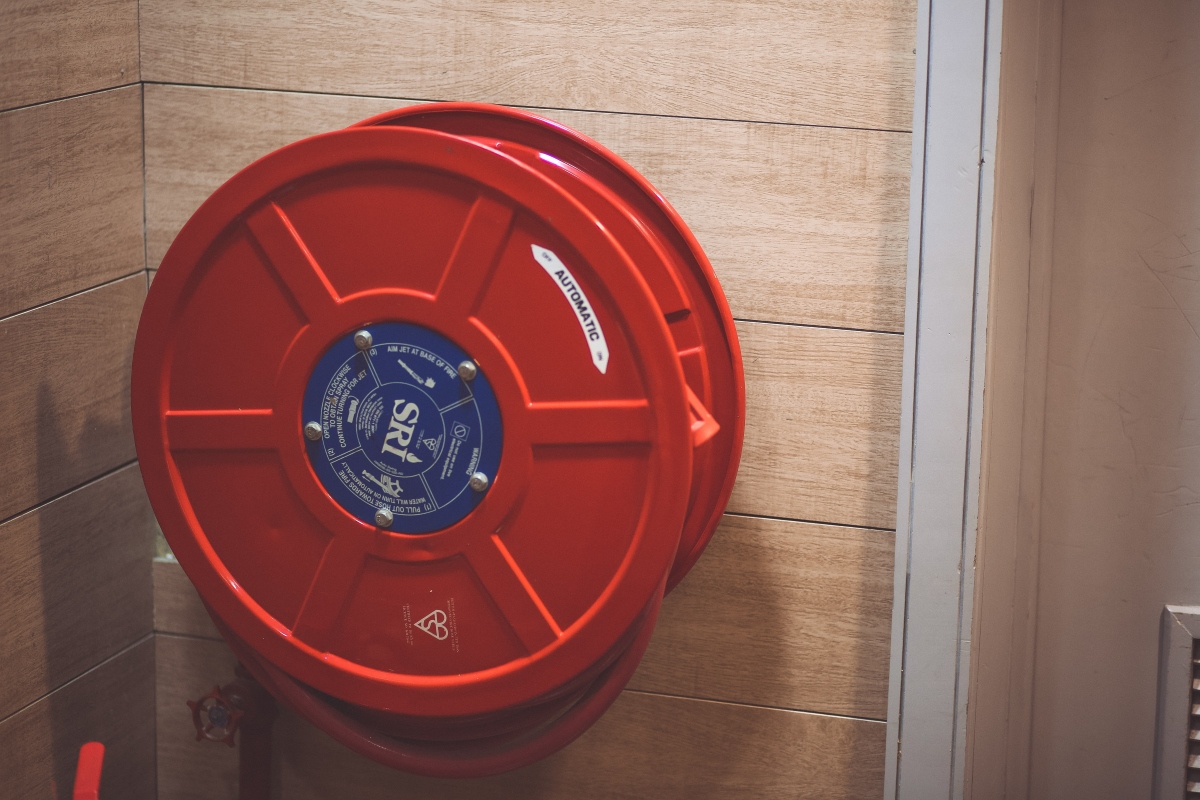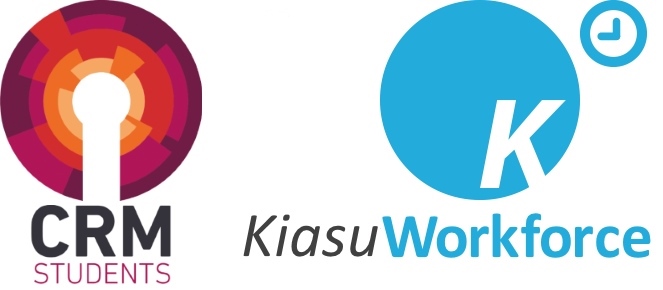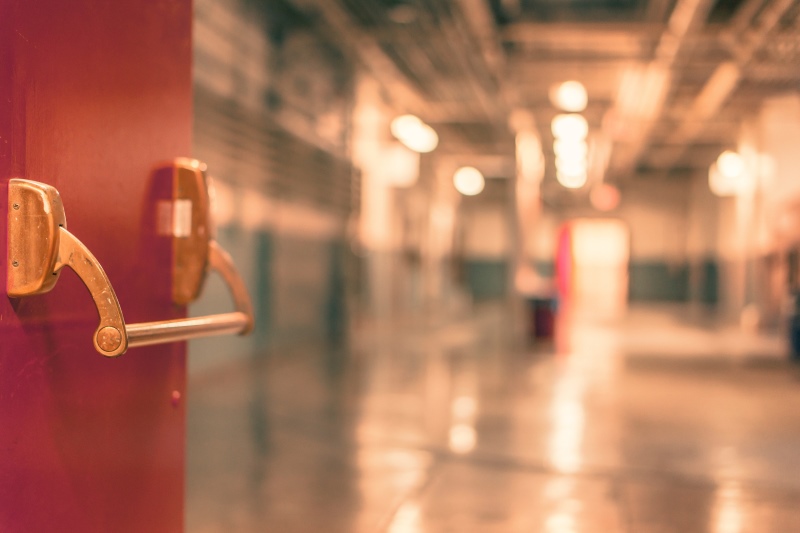Health & safety is a crucial part of workplace planning, and fire safety is possible one of the most important things to consider. Workplaces often have high traffic in and out of the building, and they usually hold highly flammable materials such as chemicals and paper documents. Luckily, we can manage fire risk by installing effective fire safety solutions, such as fire alarms and extinguishers. But the question is; who is responsible for fire safety in the workplace? Let’s discuss this below.
Why Is Fire Safety In The Workplace So Important?
Fire safety regulations can change, so keeping up with what’s expected by law can be difficult. Workplaces might think their fire safety is compliant with the law without realising their safety protocol is outdated and unsafe. Workplace fires happen more often than you think.
The fact that many workplaces house flammable materials means these fires can be devastating if not controlled. Throughout one year, 22,200 fires were reported in non-dwelling properties in the UK! 3,700 of these cases were recorded where alarms failed to sound. Installing fire alarms can significantly reduce the damage caused by fire.
Workplaces also have a high footfall; significant traffic means many lives are at risk from workplace fires. It is the responsibility of employees to ensure their staff are safe! Also, fires can destroy property, which could, in turn, ruin a business. Insurance companies probably won’t cover the cost of damage if appropriate fire safety solutions weren’t in place!
Who Is Responsible for Fire Safety In The Workplace?
The workplace’s responsibility for fire safety used to lie with the emergency services, but the rules have now changed. Multiple people are responsible, including the following:
- Employers
- Landlords
- Owners
- Occupiers
- Anyone who has control of the premises
These people are all known as responsible person/people. When there is more than one responsible person, everyone needs to discuss who is responsible for what. It’s a good idea to put everything discussed down in writing!
What Fire Safety Measures Should Be Put In Place?
The responsible person needs to make sure all appropriate fire safety is in place and maintained. All the fire risks need to be removed, reduced, or managed with safety measures. This is to save lives and protect property! The main aim is to remove hazards, make sure the escape route is clear, and that people can escape quickly in an emergency.
Risk Assessments
This is a legal requirement for any workplace with over five employees (and it must be written down). The responsible person/people first need to identify potential fire hazards, anything that could start a fire or cause it to intensify/spread. Trained professionals can help with your fire risk assessment; this will ensure nothing is missed!
The responsible person also needs to identify anybody who is at increased risk. This includes people with disabilities, anyone working closely with fire hazards, or isolated within the building.
All fire risks need to be removed where possible; otherwise, they need to be managed. Suppose it’s not possible to remove fire risks such as flammable materials. In that case, they should be placed with less flammable materials. These findings need to be recorded and written, and an emergency evacuation plan must be made. Here are some templates to help you write up your risk assessment!
No Smoking Policy
Not only is it bad for staff health for people to smoke on work premises, but smoking is also a huge fire hazard. Smoking materials caused 36% of fire-related fatalities in one year! The responsible person should inform everybody who uses the no-smoking policy and put signs up around the premises to remind them of the rules!
Fire Alarm Systems
The responsible person must ensure an adequate number of fire alarms are installed throughout the premises. If a room contains a fire risk (such as a kitchen with an oven), it must have a fire alarm fitted. Fire alarms should be marked with a BSI kitemark or European (CE) safety mark. They should always be installed and serviced by professionals!
Fire Extinguishers
These are a crucial part of fire safety in the workplace! Fire extinguishers slow down the spread of fire to save lives and prevent properties from being destroyed. It is up to the responsible person to ensure all extinguishers are serviced annually by a qualified person (BAFE qualification or equivalent). All extinguishers should also be inspected regularly by the responsible person to check for any damage.
Fire Doors
It is down to the responsible person to ensure fire doors are kept free from obstacles and remain in good working order. There must be the correct number of fire doors for the size of the property, and regular inspections must be carried out by a trained professional. It is a legal requirement that fire doors are correctly installed and maintained!
Never Forget About Fire Safety Training!
Fire Drills
To be used alongside other safety measures, fire drills are a crucial part of fire safety! The purpose of a fire drill is to recreate the process if a fire did break out. The fire alarm is set off manually, and then the building is evacuated following the planned evacuation procedure. The process needs to be monitored and recorded. Any problems that occur need to be solved to ensure the process can run smoothly in the future!
Inform Staff of Their Role
We know how important it is for the responsible person to understand their role, but all staff need to understand how to help keep the workplace safe! Staff need to report any risks as soon as they are spotted. Staff also need to know the importance of following the evacuation plan properly. It is up to everybody in the workplace to work together to keep the premises safe!
Always Tell Visitors The Evacuation Plan
Don’t forget about visitors! They also have a role in fire safety. Make sure everybody who enters the building is informed of your emergency evacuation plan. Put signs up around the building also to remind you of this plan! Make sure all visitors sign in and out; this means you have a record of everybody inside. This is crucial if an emergency does occur, as you can make sure everybody has made it safely out of the building.
Seek Out Professional Help
If you are unsure about your fire safety in the workplace, the best advice is to get in touch with a qualified, skilled, fully trained professional! They can ensure your fire safety solutions are all up to scratch, meeting safety regulations to keep your staff and property safe! Contact us at Kiasu Workforce to find out more.
